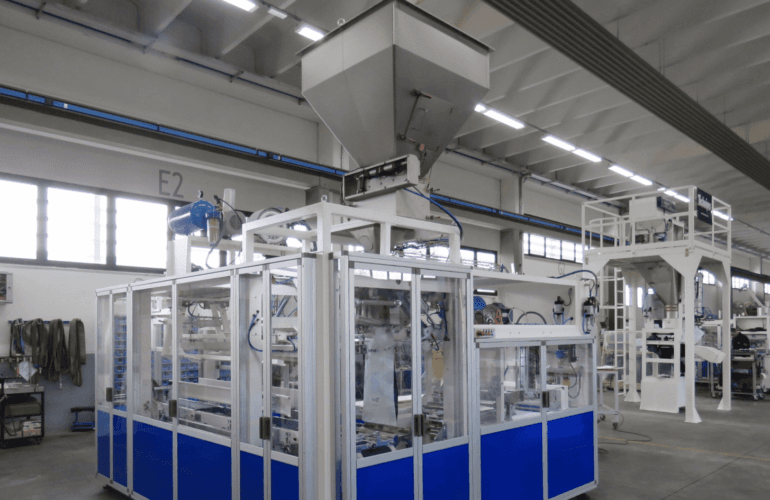A staggering 553,052 industrial robots were installed globally in 2022, demonstrating that the demand for robotics and automation shows no sign of abating.
According to figures from the latest International Federation of Robotics (IFR) World Robotics Report, the numbers are not only an increase of 5% on the previous year but beat the world record of 500,000 units for the second year in a row.
However, figures from the UK don’t make for such positive reading, with the country continuing to lag behind competitors in Europe and further afield.
Robots worldwide
All regions and major markets saw some growth but it was generally lower than last year, when manufacturing reignited following the COVID shutdowns.
Perhaps unsurprisingly, almost three-quarters (73%) of all newly deployed robots were installed in Asia – significantly more than in any other region – although a slight drop year on year. China remains the world’s largest market; every other robot installed worldwide ended up in China in 2022 and installations were up 5%. The Far East is a driving force when it comes to robotics, on average, annual robot installations in China have increased by 13% each year since 2017, largely due to the electrical and electronics industries.
In the Americas, installations were up by 8%, buoyed by the likes of Mexico which saw 13% growth. Other markets in the territory saw a decline however, with demand in Canada dropping by almost a quarter (24%), as a result of lower demand from the automotive industry.
Closer to home in Europe, Germany continues to dominate with 36% of the market share, although installations were slightly down to 25,636 units. Nevertheless, this is still more than ten times the number of sales in the UK.
The UK robotics market
While Germany takes its place as one of the top five adopters worldwide, the UK continues to fall behind. Figures this year are an improvement on last: while in 2021 installations dropped by 7%, 2022 has seen an increase of 3% to 2,534 units. But, is it enough?
With almost three-quarters (73%) of global robot installations taking place in just five countries, the gap between those that adopt automation and those that don’t is widening year on year, impacting productivity and profitability.
And that’s something the UK can ill afford. With productivity already low, the country’s manufacturers need to be doing all they can to boost their output – and investing in further automation is a good place to start.
The demand for automation
Despite the predicted slowdown of global economic growth in 2023, robot installations are expected to continue to rise (reaching 600,000 units in 2024), with electronics driving the growth.
28% of all robots installed in 2022 were in the electronics industry, with the automotive industry close behind with 25%. Interestingly, the food and beverage industry saw an increase of 3% and this could represent an opportunity for UK manufacturing in particular. A huge market in the UK, it has massive growth potential and could kickstart the automation uptake that’s needed to help the country’s manufacturers compete on the international stage.




